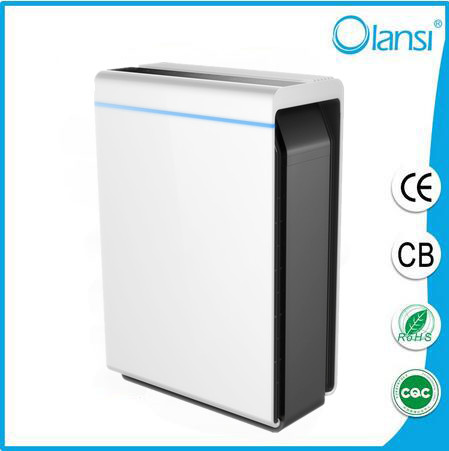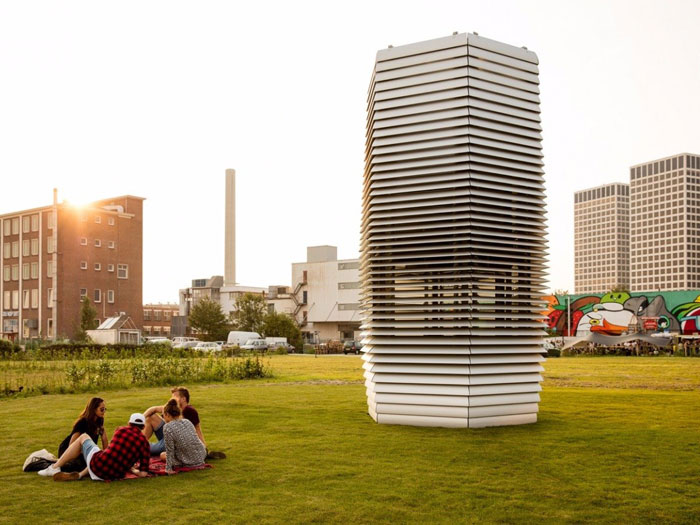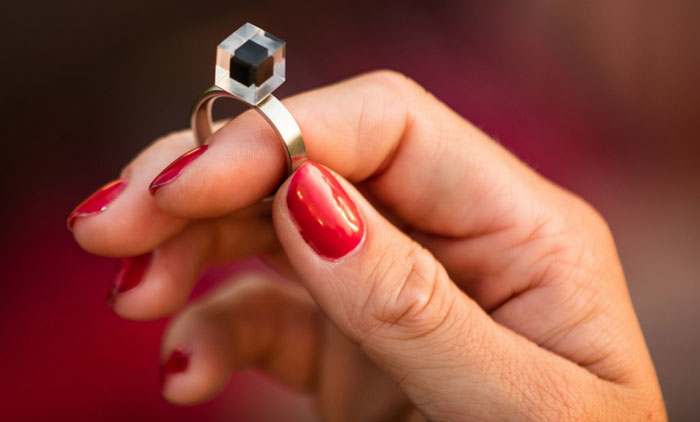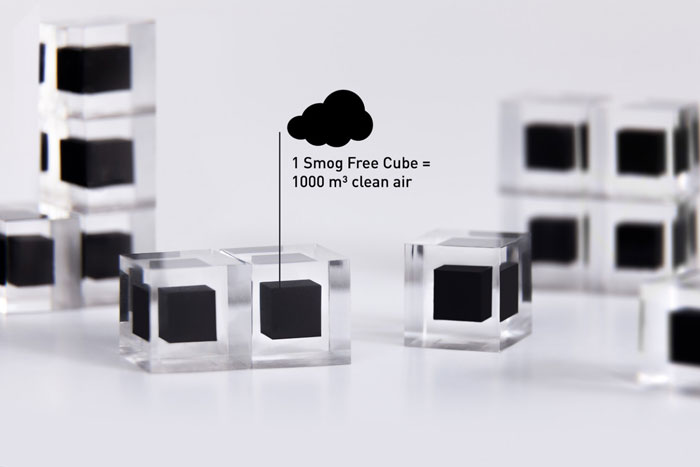7 Signs You Need an Air Purifier
Air purifiers are a great way to clean the air. In addition to investing in your health, they can help with allergies, unpleasant smells, snoring and more. Here are seven signs it might be time to invest in an air purifier.

1. You can’t stop sneezing: Pet dander, pollen, and dust are just some of the pollutants that could be floating around your house. The best air purifier typically contains HEPA filters with high CADR ratings that will help you filter out most if not all airborne allergens. If you are looking for an all-round excellent air purifier that comes with a lifetime warranty and will not break the bank, try the Alen Breathesmart.
2. Your house smells of varnish and disinfectants: Be sure to look for air purifiers that can remove VOCs, or volatile organic compounds. These harmful substances come from carpeting, adhesive, disinfectants, and varnishes. If you see formaldehyde or benzene on any of your household items’ ingredients, you are dealing with a VOC. Since only certain models of air purifiers can filter VOCs, make sure you get a model designed to clean them. The IQAir HealthPro Plus is a heavyweight that removes VOCs as well. If you have a lot of carpet in the house (notorious for trapping toxic particles), an air purifier will help enormously.
3. Your air is stale and stuffy: If you breathe in and the air smells bad, you might have poor quality indoor air. You can try an energy recovery ventilator, but an air purifier will guarantee that you reduce any smelly, foul odors that might be wafting through your home. If smoke is the issue, the Austin Air Health Mate HM450+ is your best bet.
4. You see dust mites everywhere: Have you noticed a surplus of dust building up under your bed or on the windows? Air purifiers will certainly help to reduce the amount of dust around, though you will still need to clean. Getting a decent vacuum cleaner is still important to having clean and dust-free air, but air purifiers will also help a huge amount with reducing the amount of mites that are calling your home their home as well. Try getting a purifier that can run at higher speeds but is still quiet, such as the Oransi V-HEPA Max.
The great thing about using an air purifier to get rid of dust mites is that you will not have to clean as much; the unit will be doing most of the work for you. To make sure you are getting rid of as much dust as possible, clean the unit at least once a week.
5. You suffer from emphysema or COPD: Having a serious chest condition might be a sign that you need an air purifier. Keeping the level of household air pollution down as much as possible is critical, especially with family members who might be exposed to second-hand smoke.
People with COPD typically have sensitive airways. So they may have problems with breathing and allergies as well, and cleaner air will definitely help. Be sure to read the label of any purifier you invest in, making sure it’s rated highly on the AHAM scale. This tells you how well the cleaner filters dust, smoke, and pollen. Compare the numbers by looking for the AHAM seal. For example, the Coway AP-1512HH Mighty Air Purifier has won numerous awards and has CADR ratings of 210.
6. You have a sick family member: Helping a sick family member heal is made easier with the help of a purifier. They can breathe fresher air and have better quality sleep, which will aid recovery.
7. You snore (loudly): Allergens like pollen and dander will cause your airways to be more congested and that can contribute to snoring. Make sure you change your air filters and use an air purifier. You will find that you will gradually sleep better and snore less. Try to get a model with slightly more square footage than you need so you can keep the unit on a low setting.












 As with many of the country’s more solemn situations, the choking smog blanketing Beijing since Monday has evoked such wisecracks from social media users making light of the dire air situation.
As with many of the country’s more solemn situations, the choking smog blanketing Beijing since Monday has evoked such wisecracks from social media users making light of the dire air situation.




